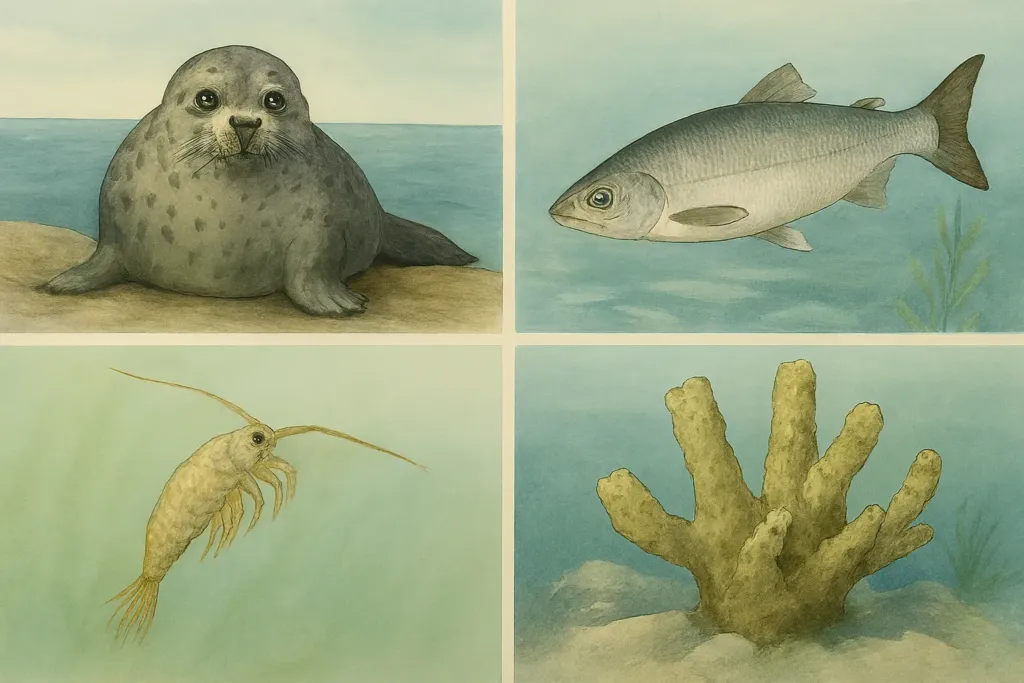Lake Baikal is one of the most astonishing natural wonders of Russia and the world. With a depth of 1,642 meters and an estimated age of 25–30 million years, Baikal is both the deepest and one of the oldest lakes on the planet. Over millions of years, its isolated ecosystem has given rise to hundreds of endemic species — organisms found nowhere else.
Today, Baikal is home to over 2,600 species of animals and plants, about 60% of which are endemic. This makes the lake a biological marvel. For comparison, the Great Lakes of North America have less than 5% endemic species.
The most famous endemic of Baikal is the Baikal seal, or nerpa — the only freshwater seal in the world. Scientists still debate how it arrived in the lake; one theory suggests ancient waterways once connected Baikal to the sea. The nerpa has adapted perfectly to freshwater life, diving up to 300 meters and holding its breath for over 40 minutes.
Another iconic inhabitant is the Baikal omul, a salmon-like fish prized for its delicious meat and deeply rooted in local culture and economy. It migrates across the lake and spawns in rivers flowing into Baikal.
Equally fascinating is the epishura — a microscopic crustacean that plays a vital role in purifying the lake’s water. Thanks to epishura, Baikal’s water remains crystal clear, with visibility reaching up to 40 meters — comparable to the clearest marine waters.
Other endemics include sponges, mollusks, worms, algae, and even bacteria adapted to the lake’s unique conditions. Some possess properties that may prove valuable in medicine and biotechnology.
Baikal’s endemics are not just rare species — they are living evidence of evolution, examples of extraordinary adaptation and biodiversity. Studying them helps scientists understand how ecosystems form, how species adapt to extreme environments, and how to preserve nature’s delicate balance.
Protecting Baikal’s endemics is a critical mission. Pollution, climate change, and human activity threaten this unique ecosystem. Preserving these species is not only a matter of environmental care but also a contribution to the future of science and humanity.
- Deadly Slopes: Ski Resorts with the Highest Fatality Rates
- Cod Wars
- Indians
- How to Get Around Australia
- Nanai
- Kostroma (Russia)
- Minsk (Belarus)
- North Coast 500: a grand loop of Scotland’s Northern Highlands
- About
- Distant Storms Create Dangerous Surf at East Coast Beaches
- In the footsteps of Buratino: tourist spots from the beloved fairy tale and film
- Domestic animals
- Baikal facts
- Rhino Poaching Crisis Threatens Biodiversity and National Identity
- Endemics of Baikal
- Norway’s Atlantic Road scenic drive
- Kamchatka
- The European Airline Ticket Market in 2025: Digitalization, Flexibility, and Emerging Challenges
- Kangaroo: interesting facts
- Manage your travel Place











